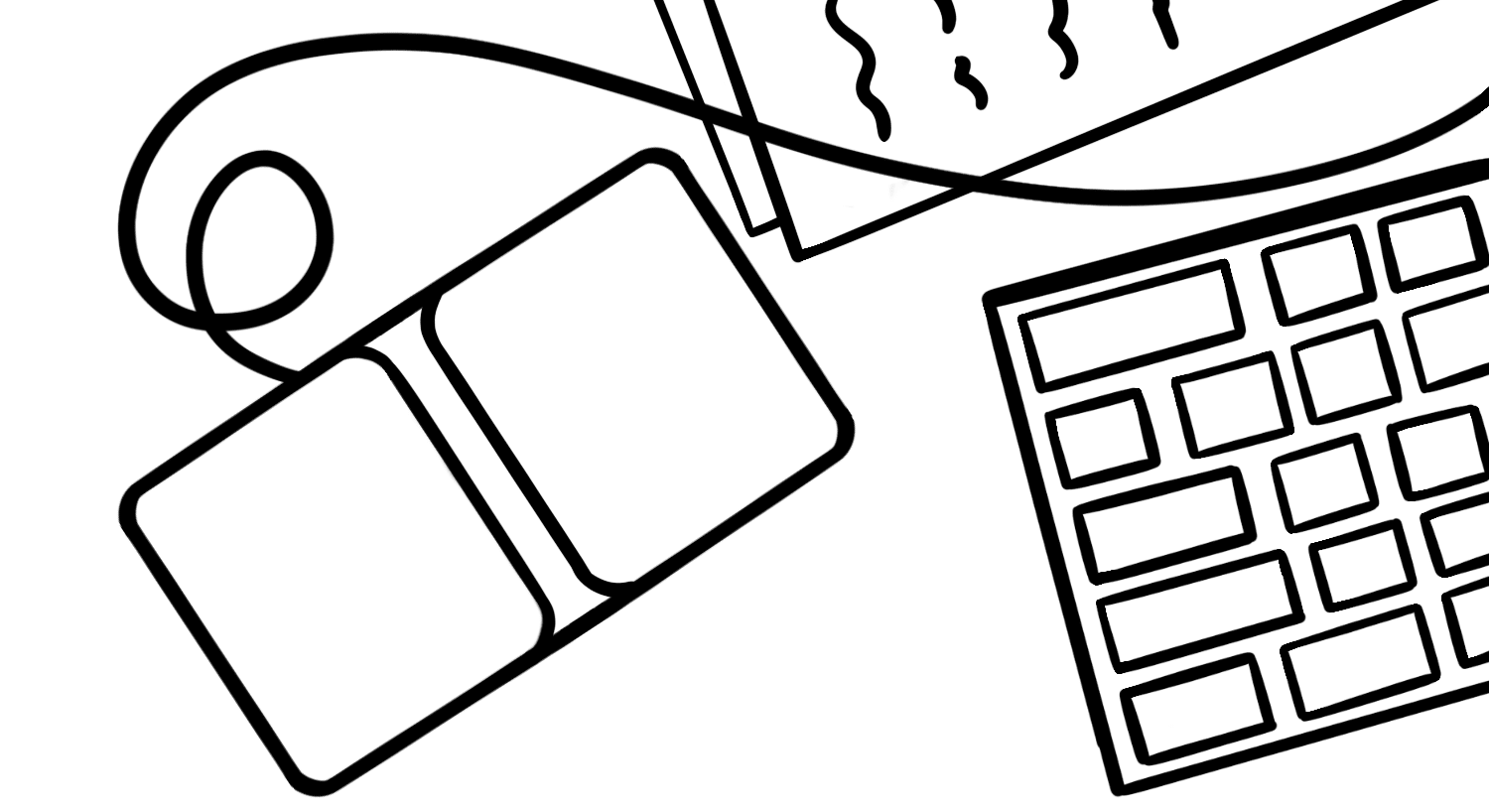What is a Switch System?
This assistive technology is a category of alternative navigation where users can use a switch device (a device that has two states – on and off) to navigate a piece of technology (for example, a screen), and is primarily used by those with movement-limiting disabilities.


Switch system defined:
Switch devices help people with movement-limiting disabilities navigate a screen and make selections typically done by a computer mouse or keyboard command. They come in many forms and sizes and can be placed in a variety of places to accommodate movement. Some forms of switch devices include joysticks, sip and puffs, push buttons, eye trackers, and chin switches.
Switch devices have two classifications: simple and speciality. “Simple Switches” are activated through a touch or tap while “Speciality Switches” are activated outside of touch, including breath, motion, infrared, or sound.
Switch devices operate through a focus indicator (usually a coloured box around the focused item) that scans automatically across different options on a screen. Options are presented one at a time, and users activate their switch device to select an option. Often, users may use multiple switch devices that perform different actions that have been programmed to be customizable to the user.
One of the most famous examples of the use of a switch device is by physicist Stephen Hawking. When Stephen Hawking was 22, he contracted amyotrophic lateral sclerosis (ALS), a neurodegenerative disease that gradually paralyzed him. After losing his ability to speak, Hawking initially used a hand-held clicker to communicate before moving to a cheek switch, which he operated by the small movements in his cheek that were captured by an infrared switch mounted on his glasses.
Want to learn more about assistive technology?
By subscribing to Fable Insights, you'll get regular access to content created from the thoughts of our community of people with disabilities.

Related terms
Learn more
Enabling Device (opens in new window)
Better Living through technology (opens in new window)
Axess Lab (opens in new window)
Grid 3
Switch access to technology - A comprehensive Guide (opens in new window)
Stephen Hawking - Scientifc American (opens in new window)
Stephen Hawking - wiki (opens in new window)
